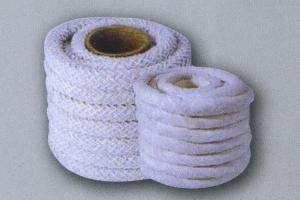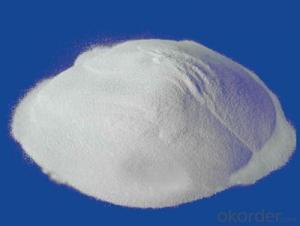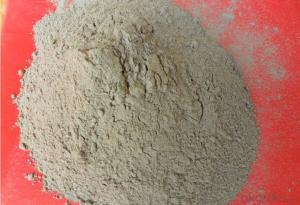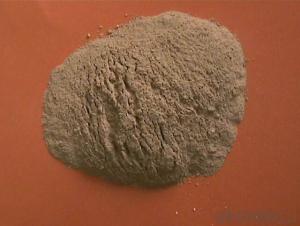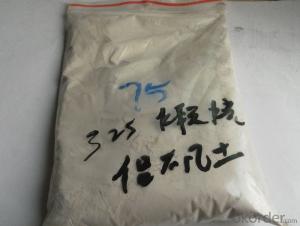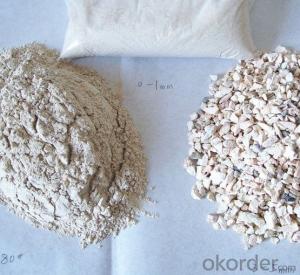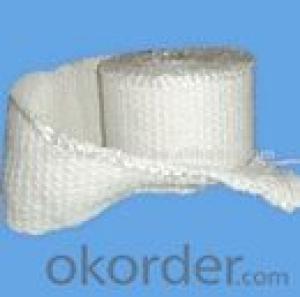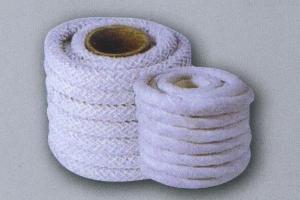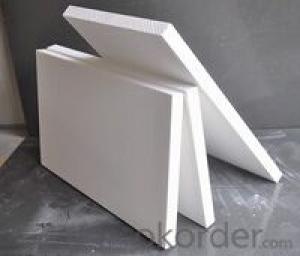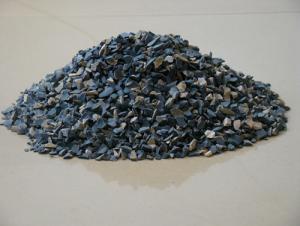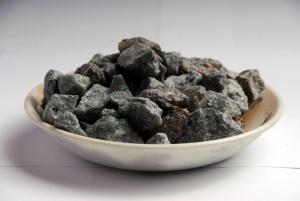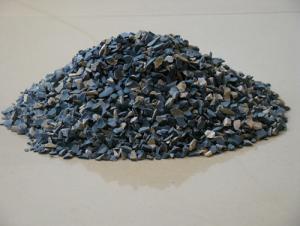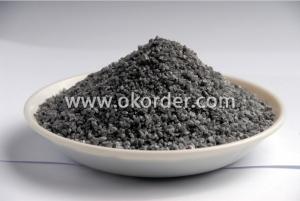Raw Materials for Refractory Ceramic Fiber Rope
- Loading Port:
- China Main Port
- Payment Terms:
- TT OR LC
- Min Order Qty:
- -
- Supply Capability:
- -
OKorder Service Pledge
OKorder Financial Service
You Might Also Like
Specifications
1. Ceramic fiber yarn
2. Temperatuer up to 1260C
3. High strength
4. For heat insulation
High Temperature Ceramic Fiber Yarn Description:
1. High Temperature Ceramic Fiber Yarn is manufactured from high quality alumina-silica ceramic fiber and has been mechanically twisted to give it tensile strength.
2. High Temperature Ceramic Fiber Yarn is available as E-glass or stainless steel wire reinforced yarn from 425 tex to 2500 tex in single, two or three plies.
3. High Temperature Ceramic Fiber Yarn can be woven, plaited into numerous forms of products which are strong,
chemically stable and exhibit superior thermal properties, ideal for most industrial high temperature applications.
4. Product made of High Temperature Ceramic Fiber Yarn resist attack from most corrosive agents, except hydrofluoric, phosphoric acids and concentrated alkalis.
5. High Temperature Ceramic Fiber Yarn STYLE 4300: Ceramic Fiber Yarn With Fiberglass Filament insert.
High Temperature Ceramic Fiber Yarn Package:
1. 1.25kg/roll, 24rolls/ctn; or 1.25/kg/roll, 40rolls/plastic woven bag.
High Temperature Ceramic Fiber Yarn Application:
1. High temperature gaskets.
2. Making cloth, tape, rope, etc.
3. Sewing thread for high temperature textiles.
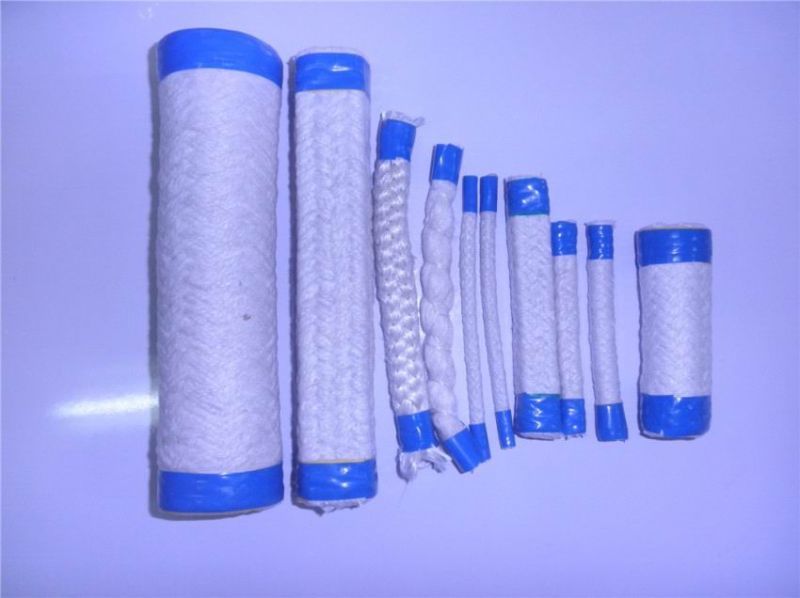
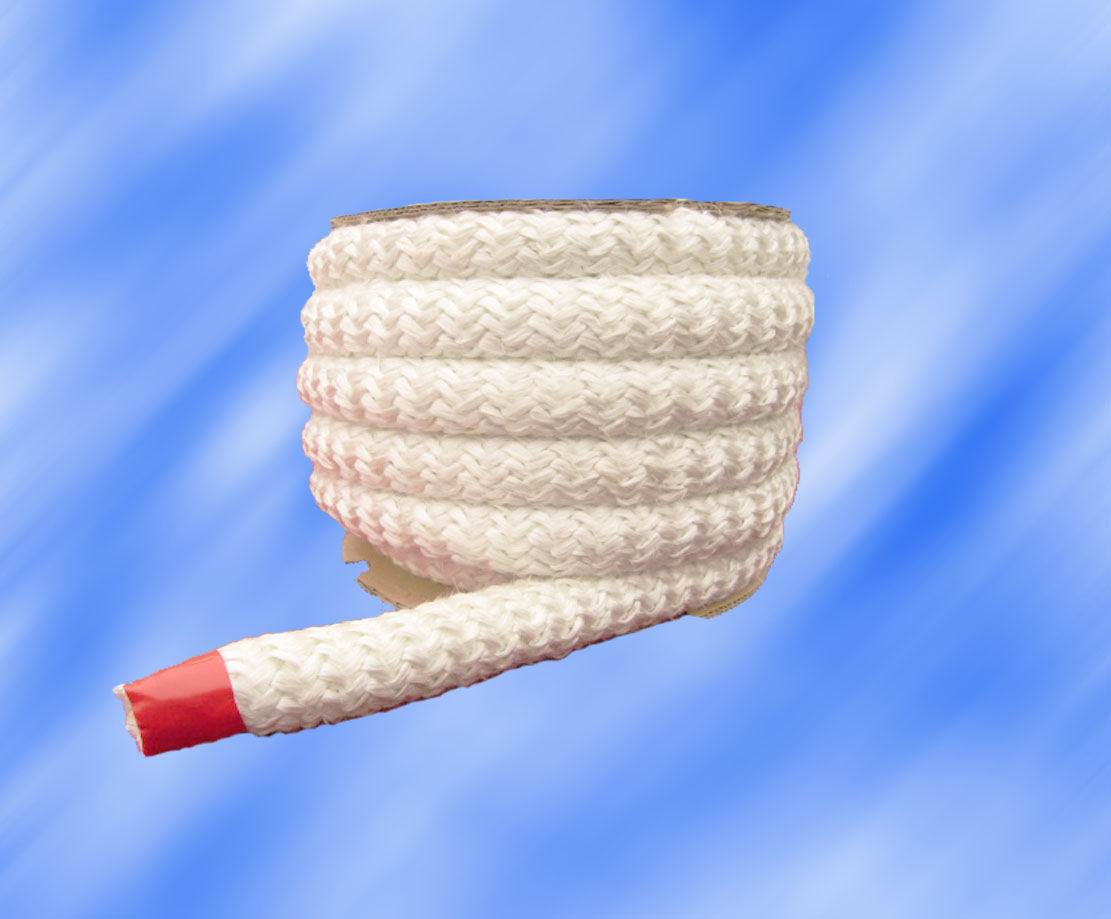
- Q: Who knows what is the requirement for fireproofing of interior decoration materials ?
- In addition to the underground building, combustion performance level of interior decoration materials inside windowless room , in addition to a class, should advance 1 level based on the original provisions . Library, archives and rooms storing artifacts, ceilings, walls should use class A decoration materials, and the ground should use decoration materials no lower than class B. When high temperature parts of lighting and lighting lamps and lanterns are close to non - grade A decoration materials should be taken, fire prevention measures such as thermal insulation and heat dissipation must be taken. Combustion performance level of materials used for lighting should be no lower than B. Kitchen ceiling, wall and floor should used class a decoration materials.
- Q: How is the grading of the level A new material fire insulation material?
- The standard to distinguish level A and level B is the different fireproofing coefficient. The level A is non-combustible. The level B is divided into B1, B2 and B3. B1 is flame retardant, B2 combustible and B3 flammable. The level A is commonly phenolic aldehyde, rock wool, thermal?mortar, foam ceramics, foam glass and foam concrete on the current market. Among the advantages of level A materials, the biggest one is foam concrete currently, also known as foam cement.
- Q: What refractories are accessible with ease in daily life?
- Basically there have all materials. But it depends on your needs.
- Q: What materials are needed to make the amorphous refractory bricks?
- Amorphous refractory bricks have good quality, good reputation, complete in specifications,high refractoriness, strong resistance to slag, and long service life. It’s worthwhile.
- Q: How to deiron refractory?
- It cannot be done in conventional approaches, because you are referring to refractories. If using acid liquor soaking method to deiron, the material itself will be also damaged! If just for reducing the corrosion of materials, it will be OK to add a corrosion-resistant and fireproof protection layer.
- Q: What is the magnesium carbon refractory?
- The composition of refractory brick There are many types of raw materials of refractory brick, mainly divided into six categories: Soil, stone, sand, mineral, power and others. The first kind of raw material, soil: Aluminum soil, kaolin, clay, diatomaceous earth The second kind of raw material, Stone: Fluorite, kyanite, andalusite, forsterite, vermiculite, mullite, pyrophyllite, chlorite, dolomite, sillimanite, magnesia-alumina spinel, silica The third kind of raw material, sand: Pottery, zircon sand, quartz sand, magnesite The fourth kind of raw material, ore: Chrome ore The fifth kind of raw material, powder: Aluminum powder, silica powder, silicon powder The sixth kind of raw material of refractory brick, others: Asphalt, graphite, phenolic resins, perlite, cenosphere, sialon, corundum, silicon sulfate, silicon carbide, sodium silicate, silica solution, boron carbide, calcium aluminate cement, nitride material, shale ceramisite, alumina, alumina sol and zirconia, etc.
- Q: What are the common refractory insulation cotton material?
- I know less about this, I hope the following will help: Fire resistant thermal insulation material mainly refers to inorganic thermal insulation material and compround thermal insulation material. According to the shape can be divided into: Fibrous finishes, slag wool, rock wool, glass wool, aluminum silicate cotton. ceramic fiber, micro pile of diatomite, calcium silicate, expanded perlite, expanded vermiculite, aerated concrete etc., foam like bubble glass, volcanic ash glass, foam clay, foaming concrete, paste powder polystyrene particles insulation slurry
- Q: What are the application of old refractory bricks?
- It can be used for refractory bricks again, as long as the quality is good. It is much more cost-effective than Bayerite.
- Q: What are the advantages and disadvantages of new external wall fireproof and thermal inuslation matertials?
- Advantages: 1)Low requirements on the waterproof, weather resistance and other technical indicators. The dry wall and gypsum plastering mortar, etc. can meet the requirements and can be easily obtained; 2) The inner insulation material are separated by the floor, and construct within a height of only a storey , without erecting scaffold ; 3) In the hot summer and cold winter or hot summer and warm winter area, the inner insulation meets the requirements; 4) The glass beads overcome the shortcomings of expanded perlite, like, large amount water absorption, easy powdering, big volumetric shrinkage in the slurry mixing process, easily leading to post-insulation product performance degradation and hollowing, cracking, and also make up for the defects of polystyrene particles organic materials, like, flammable, poor fire performance, producing harmful gas at high temperatures and anti-aging, poor weather resistance, poor workability and large rebound in construction, ect. Disadvantages of external wall insulation : 1) Since the ring beam, slab and column structure would cause thermal bridges, leading a greater heat loss; 2) It is of low intensity, high water absorption, easy to shrink and crack. The insulation system is prone to cracking, leaking or loss and other common quality problems, especially it is easy to crack at the seams, thus being difficult to exsit as long as the building. 3) It is inconvenient for the users to redecorate and hang ornaments; 4) It takes up indoor used space;
- Q: Pals who know something about fire resistant material please tell me how many types of refractory material there are
- Refractory materials used in special applications include high temperature oxcide, such as alumina, lanthanum oxide, beryllium oxide, calcium oxide, zirconia and other, refractory compounds, such as carbides, nitrides, borides, silicides and sulfides; high temperature composite materials, mainly contain metal ceramic, high temperature inorganic coatings and fiber reinforced ceramics.
Send your message to us
Raw Materials for Refractory Ceramic Fiber Rope
- Loading Port:
- China Main Port
- Payment Terms:
- TT OR LC
- Min Order Qty:
- -
- Supply Capability:
- -
OKorder Service Pledge
OKorder Financial Service
Similar products
Hot products
Hot Searches
Related keywords
